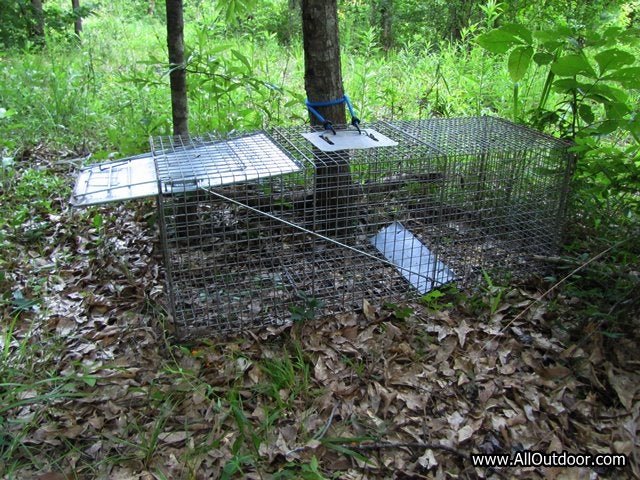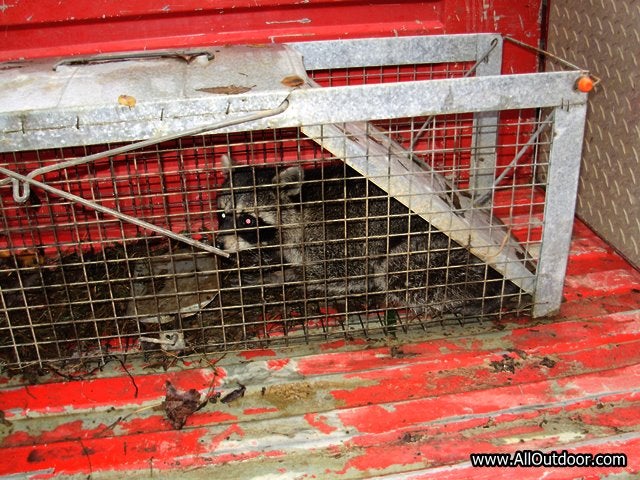Preppers, Let’s Talk About Live Traps
Kevin Felts 06.09.17

If there is one tool that truly deserves a place in the prepper inventory, it has to be the live trap. No other device is so humane, user-friendly and able to put meat on the table like the live trap.
For those of you not familiar with the live trap, it is a box trap that is made out of wire and has a trap door. On some types of traps, both ends have a door, on others, only one end has a door.
The traps are baited with whatever attracts certain types of wildlife. Since this is going to be for preppers, we would probably be using table scraps.
Setting The Live Trap
The live trap should be placed where animals are traveling. Look for trails, creeks, or other bodies of water. where wild animals visit. My typical trap setup is just off a wildlife trail and next to a small tree.
When the trap closes, the animal may start trashing around. Some traps are designed so that a lever falls into place and holds the door closed. When the trap is turned over, the door will open. Other traps have a spring loaded door that snaps into place. These may hold if the trap rolls over.
To ensure the animal does not roll the trap over, secure it to a small tree. Simply use a bungee cord, rope, cord, or wire. Sometimes squirrels will chew the cord, so wire may be the best option. If there are no trees nearby, drive a stake into the ground.
After the Catch
This is the beauty of the live trap: If you catch the wrong thing, simply let it go unharmed.
Foothold traps, on the other hand, will sometimes catch and injure a family dog, cat, or something else you did not intend to catch.
Live traps are safe to use with livestock. Awhile back, I had a trap around the chicken yard. Over the course of several days, I caught a few guineas and chickens. All of which were released unharmed. They were not to happy about being in a cage, but they were unharmed.
When I was a young teenager, my dad caught a cat in a foothold trap. The cat was feral and my dad had one heck of a time releasing the animal He had to take a blanket and throw it over the cat so he could get the trap loose. However, the cat was not having it. When dad would cover the cat, it would fight to get out of the blanket. Eventually, the cat was released,
Transport
A live trap allows the animal to be safely transported and released.
I live in a rural area and from time to time see people releasing raccoons and opossums just down the road from my house.
Being able to transport the animal alive and unharmed also allows us to keep the animal alive until we are ready to butcher it. This is in stark contract to foothold traps that sometimes require the animal to be killed before it can be released.
Final Thoughts
Even though I have several foothold traps, I never use them. The foothold traps injure animals, sometimes family pets. People who are inexperienced with foothold traps are likely to hurt themselves.
While on the other hand, live traps are safe and humane.
